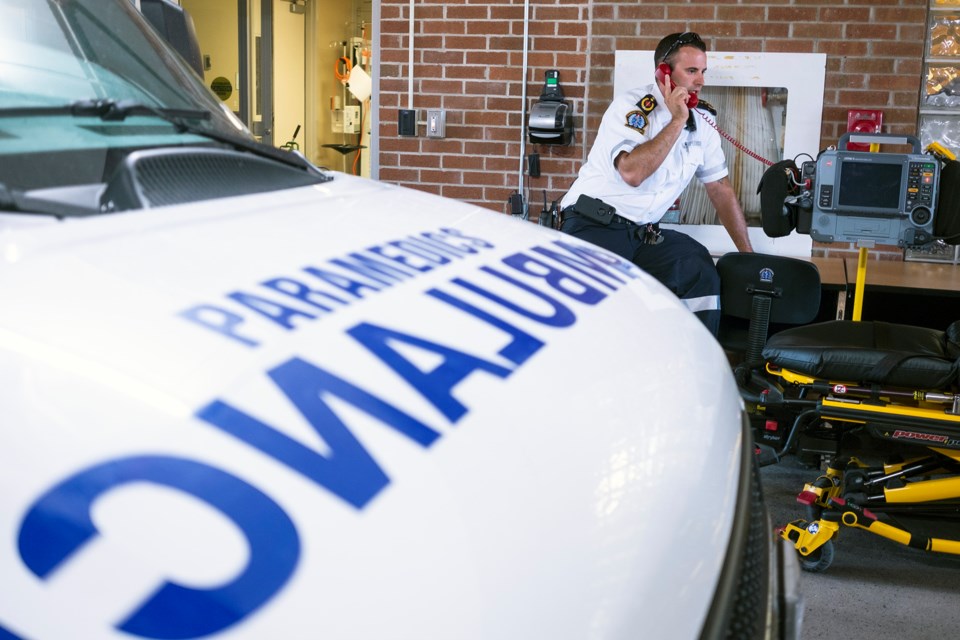As plans to address costly ambulance station needs in the next decade progress, those making the decisions are being urged to look for "economies of scale."
That’s the advice of Mayor Cam Guthrie following a staff presentation on the estimated $47 million spending proposal, plus the cost of land acquisition, made to council’s committee of the whole on Tuesday.
Guthrie didn’t argue against the need, as identified in a consultant’s report delivered last November, but rather called for options to bring the price tag down to be considered, such as putting housing above new stations, pairing stations with other needed facilities and combining station construction contracts to help lower labour and material costs.
“I’d really like that fleshed out and reported back to us,” Guthrie said.
The report by Operation Health in Research Limited (ORH) projects the City of Guelph and the County of Wellington, which receives land ambulance services from the city in a cost-sharing arrangement, will need 10 new stations and 40 additional paramedics by 2034 in order to maintain the current level of service for the growing population.

There are currently two options for the new stations under consideration by county and city staff, with a recommendation expected to be presented to the joint social services and land ambulance committee ahead of the 2026 budget.
One would see the city build and continue to own the facilities, while the other would see stations outside of Guelph built and owned by the county but leased to the city.
A third option may be identified as the plan is developed, noted Antti Vilkko, the city’s general manager of facilities and energy management.
"Each one of our paramedic stations, we have different lease arrangements, depending on whether the county owns the building, the lower-tier municipality owns the building, or in the case of Rockwood (it's owned by a third party)," explained deputy CAO Colleen Clack-Bush.
While the joint committee is set to weigh-in on the options, it’s ultimately up to city council to decide if and when the plan comes to fruition.
Given that ambulance stations are required to be built to post-disaster standards – reinforced walls able to withstand an earthquake, with backup generators and other features – combining stations with housing or other facilities could increase the complexity and cost of building, Vikko said in response to Guthrie’s call for economies of scale to be considered.
No decisions were made on Tuesday, with the presentation formally received by the committee of the whole.
Councillors Linda Busuttil, Carly Klassen and Michelle Richardson were absent from the meeting.
